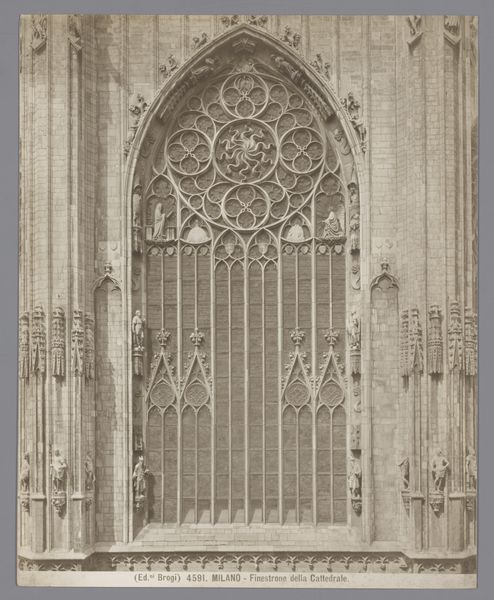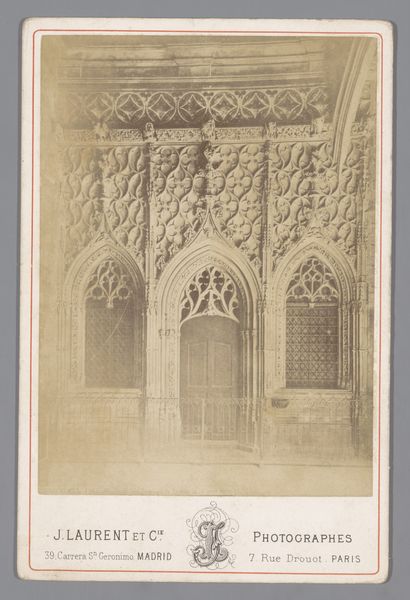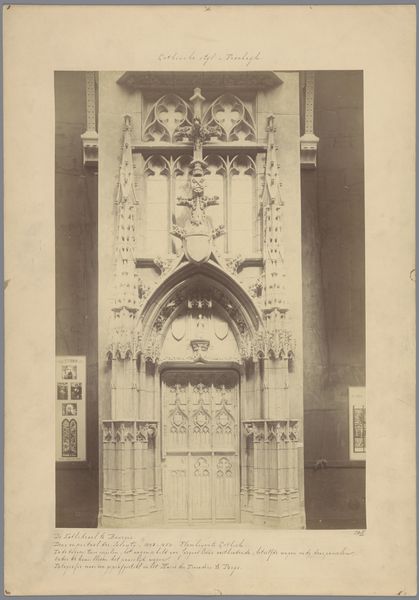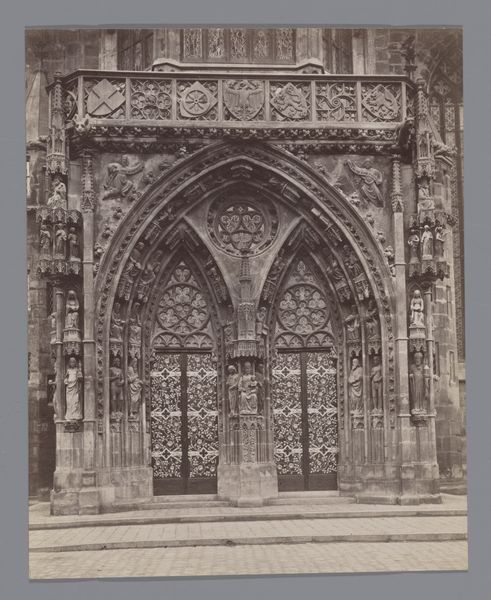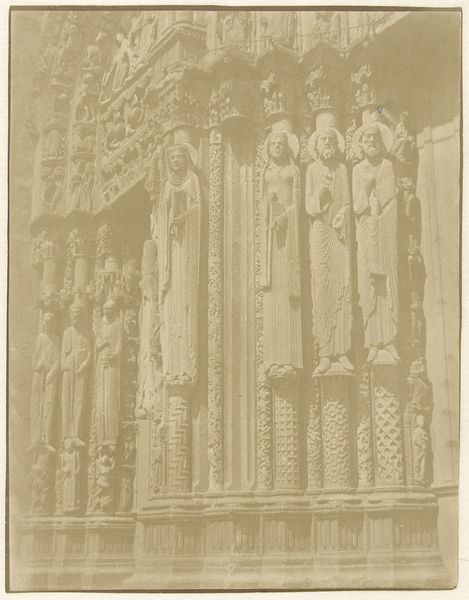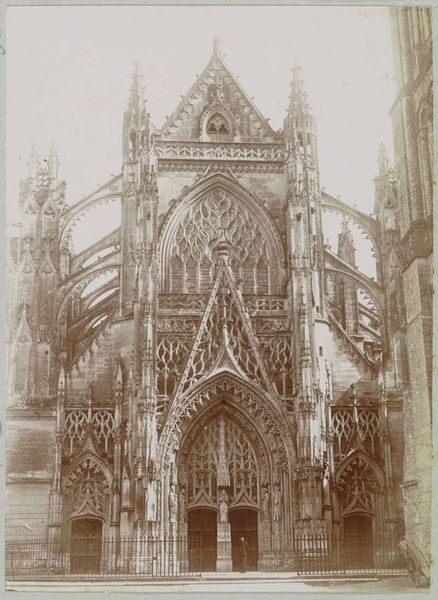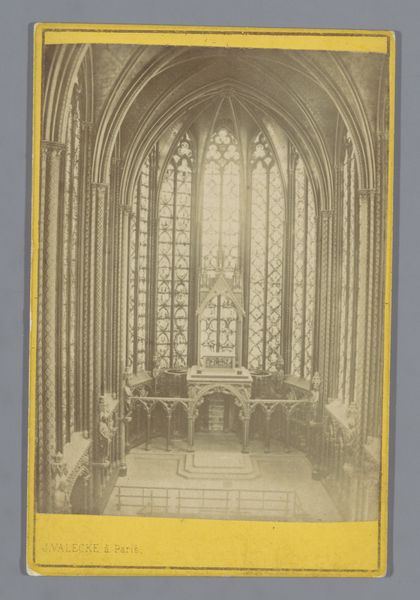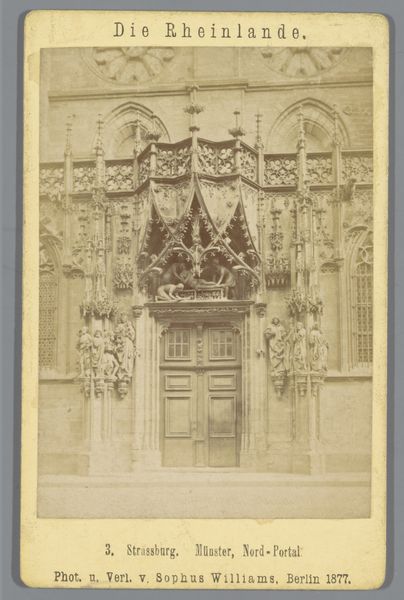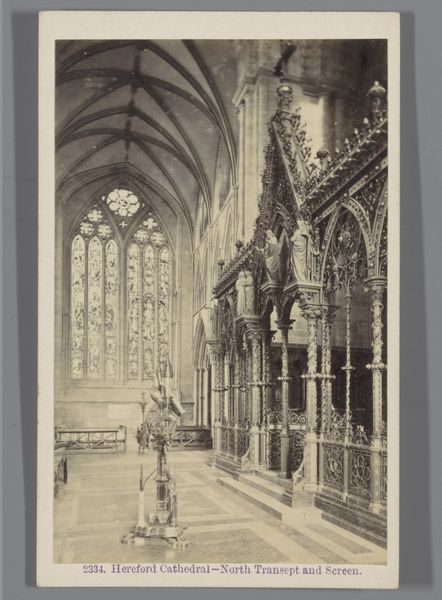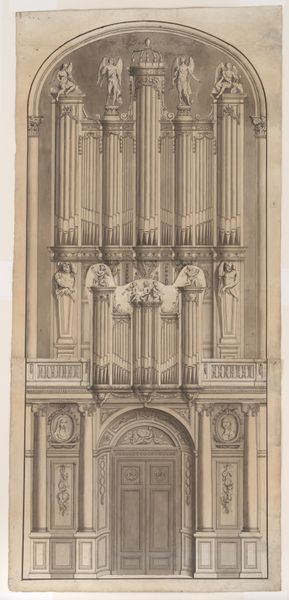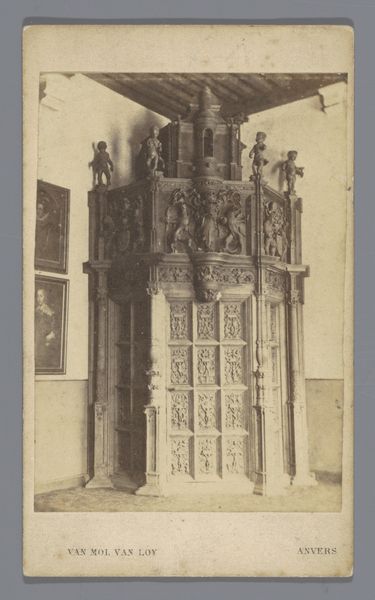![Rose Window, Notre-Dame Cathedral, Paris (277. Troyes. 1841. Cathedrale. Gde. Rose. Fichot-Paris [sic]) by Joseph-Philibert Girault de Prangey](/_next/image?url=https%3A%2F%2Fd2w8kbdekdi1gv.cloudfront.net%2FeyJidWNrZXQiOiAiYXJ0ZXJhLWltYWdlcy1idWNrZXQiLCAia2V5IjogImFydHdvcmtzL2U2YzhmZjQyLWU1ZDgtNGRkZC1iZmY2LTg3ZGU3MTBlOTliNS9lNmM4ZmY0Mi1lNWQ4LTRkZGQtYmZmNi04N2RlNzEwZTk5YjVfZnVsbC5qcGciLCAiZWRpdHMiOiB7InJlc2l6ZSI6IHsid2lkdGgiOiAxOTIwLCAiaGVpZ2h0IjogMTkyMCwgImZpdCI6ICJpbnNpZGUifX19&w=3840&q=75)
Rose Window, Notre-Dame Cathedral, Paris (277. Troyes. 1841. Cathedrale. Gde. Rose. Fichot-Paris [sic]) 1841
0:00
0:00
architecture
#
natural stone pattern
#
aged paper
#
water colours
#
natural tone
#
light earthy tone
#
natural colour palette
#
carved into stone
#
arch
#
watercolour bleed
#
natural palette
#
watercolor
#
architecture
Dimensions: Image: 9 1/2 × 7 3/8 in. (24.1 × 18.8 cm)
Copyright: Public Domain
Joseph-Philibert Girault de Prangey made this daguerreotype of the Notre-Dame Cathedral's rose window in Paris in 1841. As one of the earliest forms of photography, the daguerreotype process was groundbreaking. It presented a novel way to document the world and challenged traditional modes of representation. The choice to photograph Notre-Dame, a symbol of Parisian identity and French history, speaks volumes. In the 1840s, France was a nation grappling with its past and its future, and the cathedral stood as a reminder of both its medieval roots and its revolutionary upheavals. Girault de Prangey’s image reflects the cultural reverence for historical monuments, fostered by institutions such as the Commission des Monuments Historiques. As historians, we can investigate the cultural and political significance of such images by exploring archives, publications, and other historical resources, and understand better the social conditions that shaped their creation and reception.
Comments
No comments
Be the first to comment and join the conversation on the ultimate creative platform.
